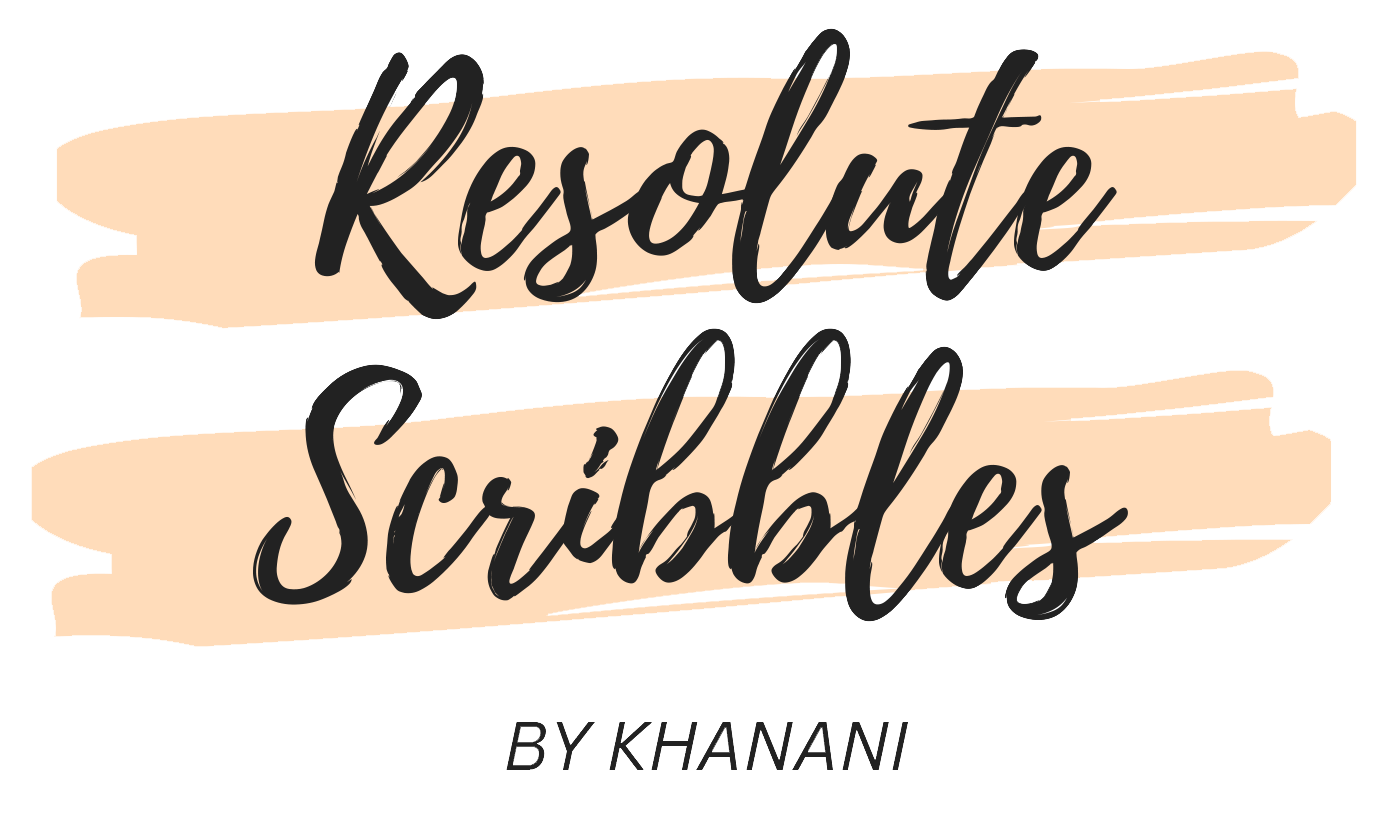The ultimate goal of apartheid was to make South Africa a white country, with every black person stripped of his or her citizenship and relocated to live in homelands, the Bantustans, semi-sovereign black territories that were, in reality, puppet states of the government in Pretoria. But this so-called white country could not function without black labor to produce its wealth, which meant black people had to be allowed to live near white areas in the townships, the government planned ghettos built to house black workers, like Soweto.
Excerpt from Born a Crime by Trevor Noah.
In his autobiography, Trevor Noah adds names and experiences to the blood-stained documentaries, news, and films we watched about the Apartheid in South Africa.
This was Resolute Scribbles’ first Virtual Book Club pick because of the rich discussion surrounding the heavy themes that Trevor Noah humorously relays: Race, Class Structure, Domestic Violence, Belonging, and Colonialism. One reader exclaimed how she laughed her way into domestic violence themes, which goes to show how well crafted Trevor’s autobiography is.
Born in a time when it was illegal for black persons to have relations with whites, Trevor grapples to ‘fit in’ to the different class systems designed during the apartheid. As a colored child being raised by a black woman in an African home, we see Trevor’s struggle to make friends at school, his privilege in getting away with things that his cousins could not get away with, and his evolution into a man.
Trevor’s mother, grandmother, and aunties play a big role in shaping his worldview and exposing him to a world beyond the chaos that apartheid created. Learning to be a ‘chameleon‘ is one of the lessons that Trevor appreciates his mother the most. Speaking more than two languages at a time when all the tribes had been set against each other was a shield and sword whenever he needed it.
A lot needs to be done in deconstructing the glamorization of Western culture. Chapter 15, Go Hitler, brings to light the implication of ignorance in naming children and the role that history and education play in informing the masses. Trevor says:
In America, the history of racism is taught like this: ‘There was slavery and there there was Jim Crow and then there was Martin Luther King Jr. and now it’s done.’ It was the same for us. ‘Apartheid was bad. Nelson Mandela was freed. Let’s move on.’ Facts, but not many, and never the emotional or moral dimension. It was as if the teachers, many of whom were white, had been given a mandate. ‘Whatever you do, don’t make the kids angry.’
One thing remains resounding for everyone that read this book, on domestic violence. Did Trevor’s mother have a choice? Did her religion misguide or protect her? Did Andrew’s reaction after the gunshot warrant such calmness? Could Patricia have walked away? Did the police do enough?
The general rating given was 4.5 and 5 stars out of 5 from the readers. Thank you to everyone who made it to this month’s book club. Please Sign up to the Newsletter for more details on the next read; dates and times for the next Book Club meet.
Do let us know what you thought about the book and some of the things that stood out for you as you read the book in the comment section below.
If you would like to order a hardcover or paperback copy from Amazon, I’d appreciate it if you used my Amazon Affiliate link which will earn me a commission to sponsor my reading pursuits.
Happy reading!
